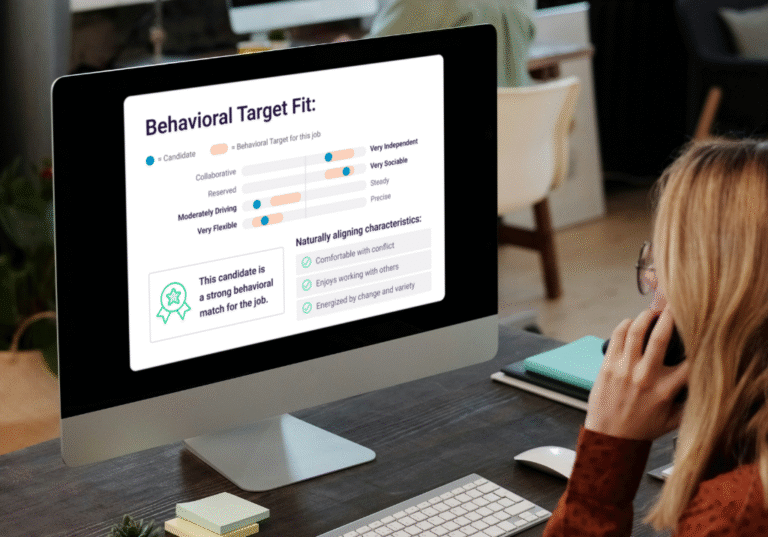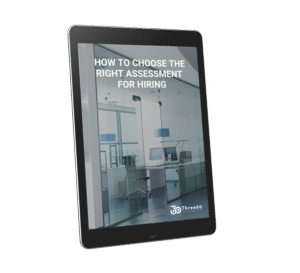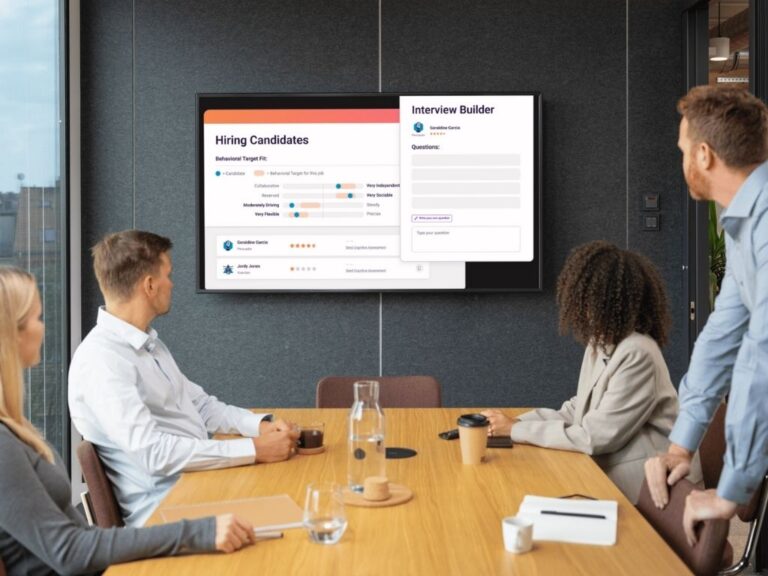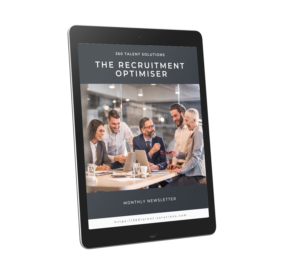Once you understand the main providers and what they measure, the next step is to assess which option fits the needs of your organisation. Each tool offers different strengths, and the best choice depends on the type of roles you hire, the decisions you need to support, and the challenges you face in your current process. The goal is to choose an assessment that adds clarity to your selection decisions and works with, rather than against, the way your teams hire.
Start by looking at the roles where hiring decisions feel most difficult. Many organisations report challenges in roles where performance depends on behaviour that is hard to judge from a CV or interview. This often includes roles with high levels of autonomy, roles that require frequent problem-solving, or roles where the pace or structure of work can shift without warning. When these patterns exist, a behavioural or cognitive assessment that links directly to workplace demands can provide a clear advantage.
It also helps to look at where mistakes tend to appear. For example, if employees struggle in the first six to twelve months because the role requires fast learning or working with ambiguous information, a cognitive assessment can help you screen for those requirements. If teams report issues with communication, collaboration, or consistency, a behavioural or personality assessment may provide insight into how candidates are likely to interact under pressure. These are the kinds of patterns organisations recognise when they move away from development tools and towards assessments built for selection.
Consider how much depth you need. Senior and high-influence roles often benefit from assessments that explore personality traits, values, and potential caution areas. These assessments help you understand how someone may lead, respond to setbacks, or influence others. In contrast, early career or high volume roles may require shorter, more focused tools that measure problem solving, basic reasoning, or key behavioural traits that link directly to success in the role.
You should also look at how an assessment supports decision-making. The most useful tools provide clear, job-linked outputs that guide interviews, highlight potential fit or misfit, and offer evidence that supports structured discussion among hiring managers. Assessments that leave too much room for interpretation can create inconsistency or distract from the needs of the role. Many organisations report stronger outcomes when the assessment provides data that links directly to the behavioural and cognitive demands identified at the start of the hiring process.
Finally, consider the experience you want candidates to have. A short, focused assessment may be enough for roles where speed matters. A more detailed assessment may suit senior roles where candidates expect a comprehensive process. Whichever you choose, the assessment should give candidates a clear sense of what to expect and avoid creating unnecessary hurdles. This helps you maintain engagement and gives you reliable data without overloading the process.











